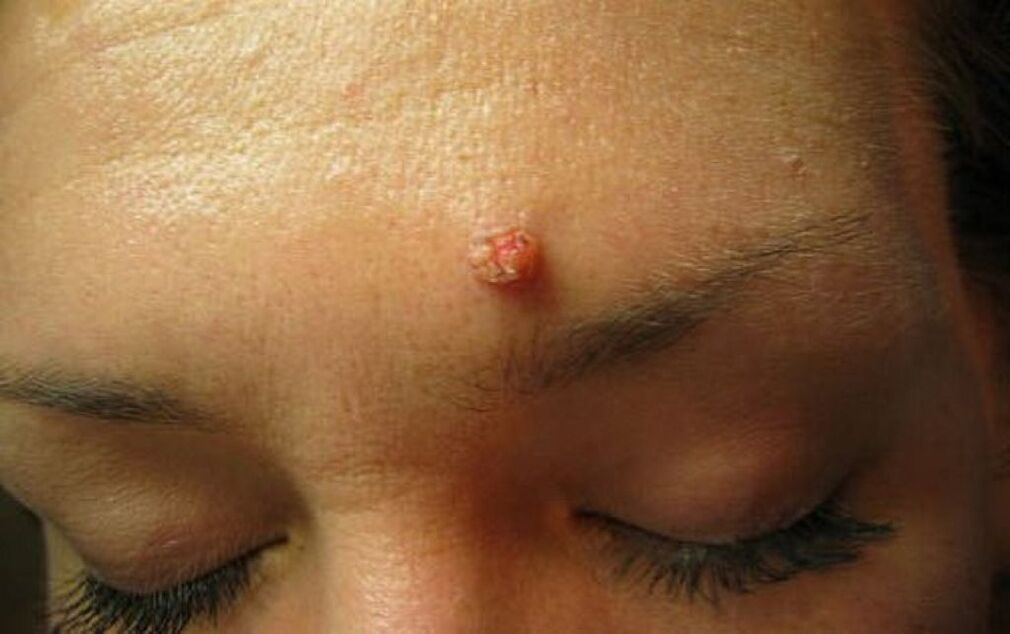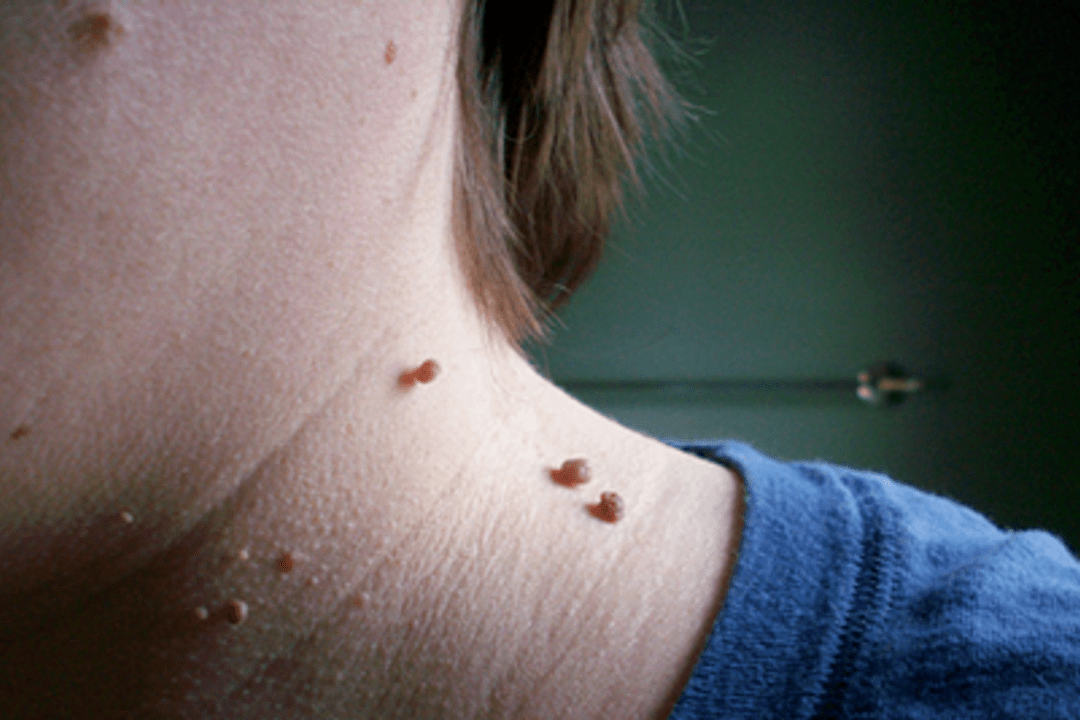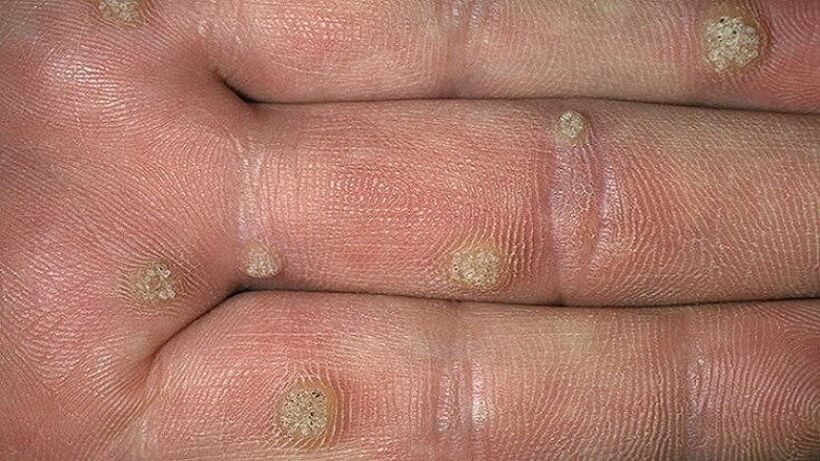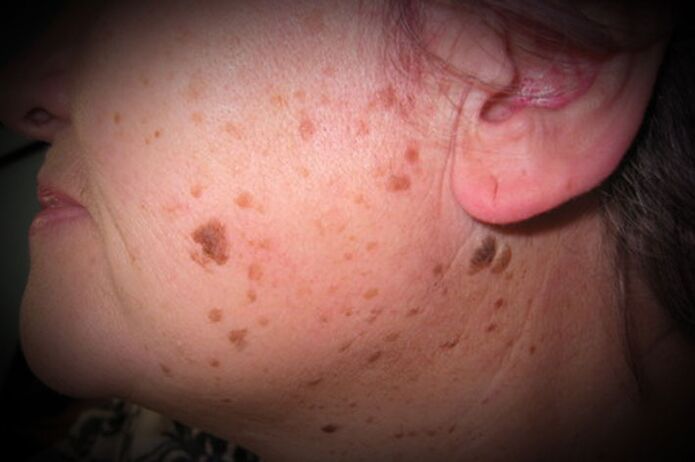A wart is a benign growth on human skin. It is usually a few millimeters in size, but there are also larger types of warts. Such neoplasms can appear in different places on the human body.
As you know, not all warts are safe. There are some types of skin lesions that require immediate removal. This is necessary to avoid further complications.
Classification of warts
In medicine, there are several types of benign growths that can appear on human skin. They differ from each other in appearance, have different specifics of development, as well as location.
There are the following types of warts:
- ordinary (most common);
- plantar (observed on the legs);
- acute (warts);
- filamentous (accordes);
- apartment.
Ordinary warts
Such neoplasms have a diameter that usually does not exceed 1 cm. They are quite dense tumors with an uneven surface and clear boundaries. The skin lesion that belongs to this species is characterized by the following characteristics:

- rounded shape;
- color from yellow to dark gray;
- common warts are often seen on the elbows, fingers, knees, lips and other parts of the body that are often injured.
Sometimes the formations disappear on their own, but in most cases they require long-term treatment.
Plantar warts
Such growths get their name from their location. They are on the feet, have a convex shape, but due to the constant pressure created by the weight of the human body, they can become flat. The education is surrounded by a keratinized layer of skin.

Plantar growths can be uncomfortable and painful. This type of benign lesion differs from corns in that small droplets of blood protrude when cut, rather than spilling fluid. Plantar warts can cause problems with wearing shoes. They are able to appear at any age.
Genital warts
Fibroepithelial formation contains a large number of pointed nodes that are interconnected. Their surface may be white or red, sometimes bleeding and causing pain.
Acute benign neoplasms usually appear on the mucosa, at the sites of its transition into the skin. In the future, they grow, they become big. As a result, tumor-like growths form.
Philiform warts
Such a skin formation gets its name from the shape. Filamentous warts are narrow and long. The places of their localization are as follows:
- face;
- neck;
- lips.

Externally, the filamentous formations look like a torn thread. They can appear on the body of a person of any age, but are often seen in older people. As they develop, the filamentous formations change their appearance:
- At first, the acrochords look like small bumps on the skin. For this reason, they can easily be confused with a mole.
- Subsequently, the node increases in size, acquires an elongated shape. In some cases, the acrochords are round but still have a thin stem.
- The consistency of the formation is elastic and relatively dense. As a rule, its length is not more than 5 mm, but there are cases when the acrochord is more than 1 cm.
Some people have several formations on the body that grow together. In this way, they resemble the appearance of a comb of roosters. Acrochords can be brown in color or remain flesh-colored. Sometimes they itch.

Flat warts
Such formations are nodes that are flat to the touch. They stand out with a yellow-brown color and are usually located on the eyelids and face. These nodules are common in children, but can also occur in older people. These benign neoplasms are reluctant to transform into malignant tumors. This type of growth is extremely rare.
Flat warts rise slightly above the surface of the skin. They are characterized by a smooth surface and clear boundaries. A distinctive feature is the lack of keratinized skin, which preserves the smoothness and shine. Such formations are localized on the face, lower leg, back of the hand.
Advice!For new growths on the body, you should definitely seek the advice of a dermatologist. Only he will be able to determine exactly what nature they have. This will eliminate the development of malignant tumors on the skin.
Elderly warts
There is another type of benign formations that occur on the human body, which can be divided into a separate category. Their characteristics are as follows:
- senile warts (seborrheic keratosis) occur exclusively in the elderly and do not require treatment;
- they are usually found on the skin, which is often covered with clothing, and are rarely seen on the hands and face;
- such neoplasms develop from the epidermis.
The elements of seborrheic keratosis are often numerous. Clinical manifestations depend on the time of development and location. Early elements are small flat spots of pink or yellow with clear borders, as well as a wart surface.

They resemble oily crusts on the skin, which are easily removed. Subsequently, these crusts are compacted, streaked with cracks. Over time, they transform into a mushroom shape, becoming black or dark brown.
The formations have a soft texture, their borders may not be completely clear, even jagged. However, they are similar to melanoma. In some cases there is a dome-shaped element of seborrheic keratosis.
Advice!In the presence of senile warts, it is recommended to significantly increase the amount of vitamin C entering the body. Helps stop the appearance of new spots. However, it should be remembered that an excess of vitamin C can lead to some changes in the functioning of the stomach, as well as contribute to the appearance of kidney stones.
The choice of treatment depends on which types of warts are being treated. One way or another, this process should not be left to chance. Timely contact with a dermatologist will allow the patient to undergo the procedure to remove skin formations with ease and without complications. In addition, the wart can be confused with malignancies, the treatment of which should definitely not be delayed.














































































